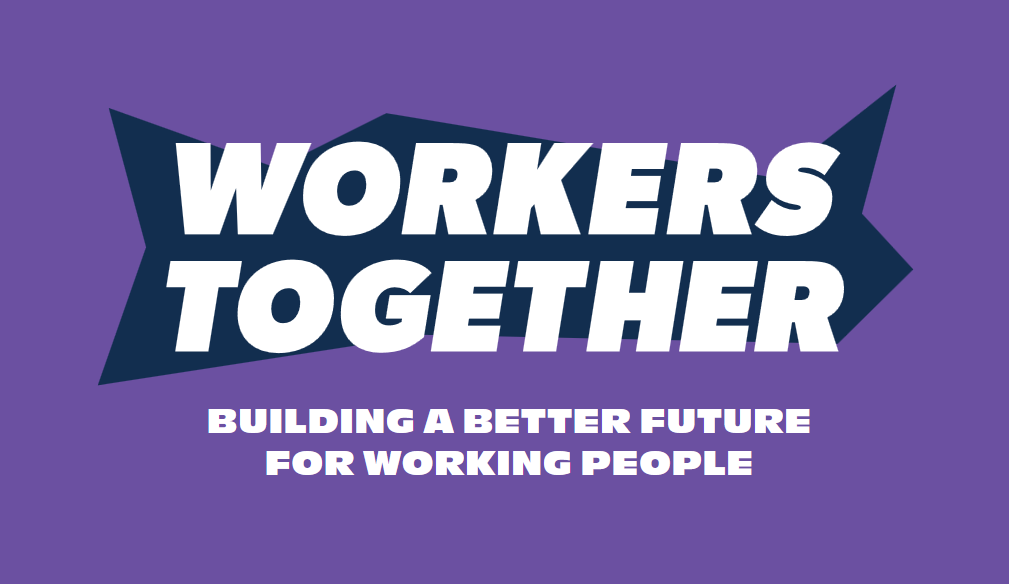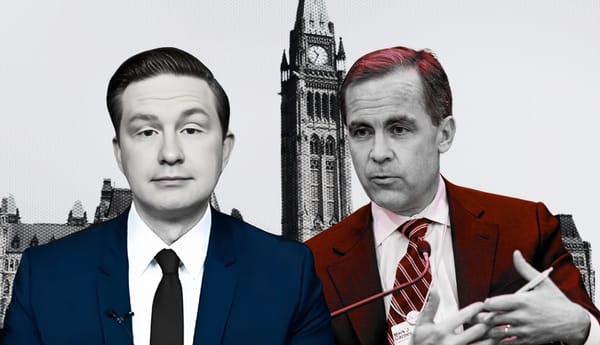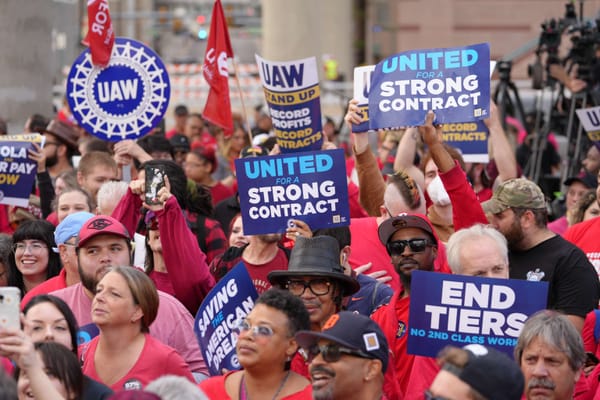Myself and others on the left have been saying for months that interest rate hikes are a blunt instrument through which to deal with inflation. Not only that, but raising rates and intentionally generating a recession will disproportionately harm workers at just the moment when labour is finally rebounding after two years of pandemic crisis. Nominal wages are beginning to rise in a relatively tight labour market. There are signs that union organizing could be on the upswing. And union wage settlements are near a 15-year high.
Apparently, Scotiabank agrees — at least with my first point about interest rates. A couple of weeks ago, Jean-François Perrault, Scotiabank’s senior vice-president and chief economist, along with Réne Lalonde, the bank’s director of forecasting, wrote a report arguing that the Bank of Canada shouldn’t be the only entity attempting to tame inflation.
“Why is the Bank of Canada Fighting Inflation Alone?” the report’s title asks. Published by investors and picked up by the business press, Perrault and Lalonde’s report lays the blame squarely at the feet of the Trudeau Liberals for their supposedly profligate stimulus spending. We’re forced to rely on interest rate hikes to curb inflation because the government refuses to rein in spending, the report’s authors claim.
As Stephen Wicary at Bloomberg pointed out, the Bank of Nova Scotia’s report “lands on the heels of a speech by Finance Minister Chrystia Freeland [on June 16] about the government’s plan to tackle inflation.” At the Empire Club in Toronto, Freeland outlined the Liberals’ new “Affordability Plan” to aid Canadians struggling with the rising cost of living. The problem was that the vast majority of the $8.9 billion in support had already been planned in the government’s previous budget. In other words, Freeland and Trudeau were effectively offering nothing new to help workers and their families.
That didn’t assuage the banks and corporations though. They saw an opportunity to paint government spending as part of the problem and to propose fiscal restraint as the solution to rising inflation. Freeland’s response, predictably, was to defend the government’s “fiscally responsible budget” and reiterate the Liberals’ commitment to both “fiscal consolidation” and central bank independence. The whole exchange was as frustrating as it was detached from the real issues facing working-class households in this country.
The issue raised by Scotiabank’s report boils down to how much of current inflation one believes is driven by the residual impacts of pandemic spending, such as increased savings and new demand for services. Perrault and Lalonde from Scotiabank suggest that fiscal stimulus, which kept workers’ heads above water during the pandemic, is now to blame for current inflation. They write: “We believe a large part of the strength of inflation can be linked to what was effectively a globally coordinated fiscal boost to protect economies against the worst of the pandemic’s economic and financial impacts.”
The authors are effectively saying that income supports, such as the Canada Emergency Response Benefit and its later iterations, as well as enhanced unemployment insurance payments, are in part to blame for elevated prices and, as a result, the federal government should now be imposing spending cuts and engaging in fiscal restraint to fight inflation. Failure to do so, Perrault and Lalonde claim, is leaving the Bank of Canada to tackle inflation on its own through raising interest rates. By not imposing austerity, the Bank is forced to engineer “output losses” on the private sector. “In effect, high levels of fiscal expenditures are necessitating a crowding out of private spending,” they summarize.
Perrault and Lalonde continue: “In Canada, as elsewhere, the Bank of Canada is fighting the lagged and ongoing impact of fiscal support measures along with a range of other inflation drivers. Given this, the output losses that the [Bank of Canada] must engineer to rein in inflation are falling disproportionately on the private sector. In effect, high levels of fiscal spending will necessitate an unnecessarily large crowding out of private spending.”
The degree to which the lingering effects of pandemic stimulus are contributing to inflation is debatable. The latter claim is by no means made solely on the right. There are also those on the left who believe that government spending during the pandemic is part of the explanation. Yet, it’s also irrefutable that supply chain disruptions, corporate price-gouging and excess profits are far more consequential in explaining inflation. Inflation, and the tools we deploy to deal with it, remains a class struggle.
Even if pandemic stimulus is partly to blame for our current inflationary troubles, it by no means follows that cutting government spending has to be the response. The underlying objective of both spending cuts and interest rate hikes is to draw money out of the economy and thereby reduce demand and relieve inflationary pressure. If we accept that this is an appropriate way to deal with inflation, there are much less socially harmful ways to accomplish this.
Rather than impose cuts at a time when real incomes are falling, the federal government could instead levy emergency taxes, such as excess profits taxes and a wealth tax, on corporations and the rich. We should be placing the “burden” of inflation fighting on those who can afford to pay it. High income earners and the wealthy are relatively impervious to interest rate hikes. Moreover, their lifestyles would be minimally impacted by paying their share for the inflationary pressure we now face.
Perrault and Lalonde argue in Scotiabank’s report that if federal and provincial governments cut spending on goods and services then the Bank of Canada wouldn’t need to raise rates by as much or as quickly. They claim that the “burden” of reducing inflation should be shifted from the private sector to government. Of course, it’s not “government” who bears the burden of spending cuts; it’s those who depend on governments for jobs, vital services and support. I have a better idea: shift the burden of paying for inflation from workers to the rich.







